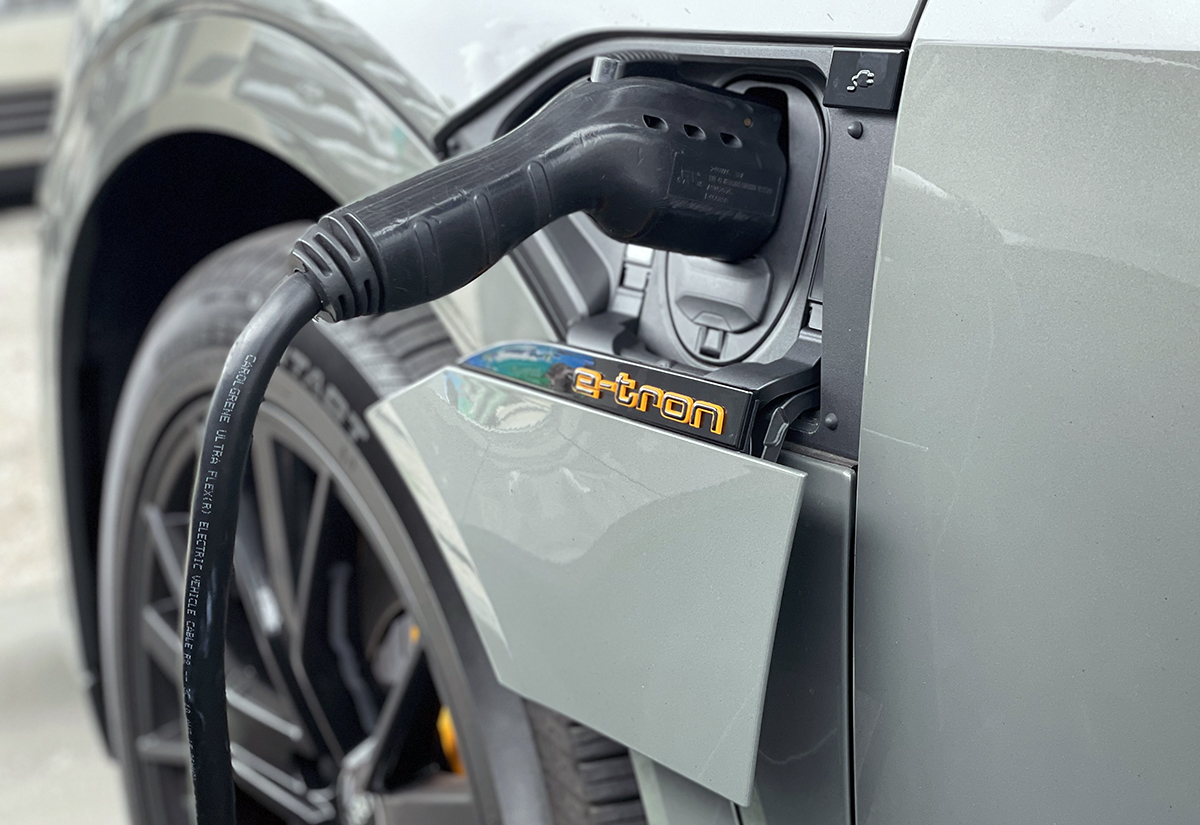Each year, the International Energy Agency releases a report that assesses the state of the EV market. The latest edition notes that EV sales “powered through 2021 and have remained strong so far in 2022,” but cautions that “ensuring future growth will demand greater efforts to diversify battery manufacturing and critical mineral supplies to reduce the risks of bottlenecks and price rises.”
In its Global Electric Vehicle Outlook 2022, the IEA tells us that plug-in vehicle sales (EVs and plug-in hybrids) doubled in 2021 to a new record of 6.6 million, and have continued rising strongly in 2022, despite global supply chain issues. At the end of 2021, there were about 16.5 million plug-in vehicles on the world’s roads, triple the number in 2018.
In China, the world’s EV leader, annual sales nearly tripled in 2021 to 3.3 million, accounting for about half of the global total. Sales also grew strongly in Europe, increasing by 65% to 2.3 million. The United States lags behind—sales merely doubled, to 630 000.
One reason for China’s sales leadership seems to be a smaller price differential between EVs and legacy vehicles. Chinese EVs are typically smaller than in other markets, and manufacturing costs are lower. Thus, the median price of an electric car in China was only 10% more than that of conventional offerings in 2021, compared with 45% to 50% on average in other major markets.
The number of available models continues to grow—there were five times more options on offer in 2021 than in 2015, and the number of available models reached 450 (!) by the end of 2021.
There are plenty of caveats, however. Prices for lithium have risen sevenfold since the start of 2021, and cobalt and nickel prices are also levitating. The IEA warns that the cost of battery packs could increase by 15% if prices remain around current levels, reversing several years of declines. The concentration of battery production in China is also a grave concern. Governments in Europe and the US are wisely promoting industrial policies aimed at domestic development of EV supply chains, but more needs to be done.
“In the short term, the greatest obstacles to continued strong EV sales are soaring prices for some critical minerals essential for battery manufacturing, as well as supply chain disruptions caused by Russia’s attack on Ukraine and by continued COVID-19 lockdowns in some parts of China. In the longer term, greater efforts are needed to roll out enough charging infrastructure to service the expected growth in electric car sales,” says the IEA.
“Few areas of the new global energy economy are as dynamic as electric vehicles. The success of the sector in setting new sales records is extremely encouraging, but there is no room for complacency,” said IEA Executive Director Fatih Birol. “Policymakers, industry executives and investors need to be highly vigilant and resourceful in order to reduce the risks of supply disruptions and ensure sustainable supplies of critical minerals. Under its new Ministerial mandate, the IEA is working with governments around the world on how to strategically manage resources of critical minerals that are needed for electric vehicles and other key clean energy technologies.”
Global Electric Vehicle Outlook 2022 contains a wealth of informative and attractive charts and graphs, which eloquently demonstrate how quickly the industry is growing—and, sadly, how far the US is falling behind. A graph entitled “EV model availability and sales share have increased significantly” shows a singularly shameful scene. In most European countries, the number of available EV models, and the EV share of the overall auto market, have soared in the last five years—in Norway, market share is now over 90%. The sad little dots that represent the US have barely budged by comparison.
Source: International Energy Agency

lasuna over the counter – himcolin price oral himcolin
oral besifloxacin – besifloxacin oral order sildamax pills
benemid us – order monograph 600mg for sale carbamazepine uk
buy generic gabapentin 600mg – brand neurontin 600mg azulfidine 500 mg uk
colospa 135 mg without prescription – mebeverine tablet cilostazol without prescription
order voltaren 50mg for sale – purchase diclofenac generic buy aspirin pills for sale
pyridostigmine oral – pyridostigmine 60 mg without prescription imuran 25mg us
buy generic diclofenac over the counter – imdur 20mg cheap buy nimotop pills
where can i buy lioresal – piroxicam 20 mg usa feldene order online
meloxicam 7.5mg canada – cheap toradol 10mg purchase toradol pills
buy generic cyproheptadine 4mg – buy cyproheptadine 4 mg pills buy tizanidine 2mg pills
accutane cheap – order isotretinoin 20mg generic deltasone 10mg ca
order omnicef 300mg – cleocin sale cleocin order
order permethrin sale – purchase permethrin sale brand retin cream
cheap deltasone – how to get zovirax without a prescription buy permethrin
metronidazole 400mg uk – cenforce 50mg brand cenforce 100mg cost
purchase betamethasone cream – how to get adapalene without a prescription buy monobenzone for sale
amoxiclav without prescription – buy synthroid 100mcg online synthroid online
cleocin 300mg tablet – brand indomethacin 75mg buy indocin 50mg online cheap
order crotamiton generic – eurax canada buy aczone cheap
losartan 50mg pill – order losartan generic keflex 250mg over the counter
buy bupropion 150mg without prescription – ayurslim online buy shuddha guggulu generic
buy cheap generic provigil – order modafinil 200mg without prescription buy generic meloset for sale
buy prometrium 200mg sale – clomiphene 100mg ca buy fertomid generic
order capecitabine 500mg generic – buy naprosyn 500mg online cheap buy generic danocrine
alendronate 35mg for sale – order tamoxifen 10mg buy provera 5mg pill
гѓ—гѓ¬гѓ‰гѓ‹гѓі еЂ‹дєєијёе…Ґ гЃЉгЃ™гЃ™г‚Ѓ – г‚ёг‚№гѓгѓћгѓѓг‚Ї е‰ЇдЅњз”Ё г‚ёг‚№гѓгѓћгѓѓг‚Ї жµ·е¤–йЂљиІ©
eriacta pressure – apcalis agony forzest weakness
гѓ—гѓ¬гѓ‰гѓ‹гѓі жµ·е¤–йЂљиІ© – гѓ‰г‚シサイクリン жµ·е¤–йЂљиІ© г‚ўг‚ュテイン её‚иІ© гЃЉгЃ™гЃ™г‚Ѓ
valif art – sustiva price buy sinemet 20mg generic
buy promethazine 25mg online – order ciplox pill lincocin medication